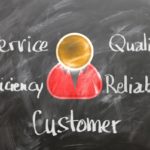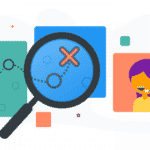How to Turn Customer Service into Your Unique Business Advantage
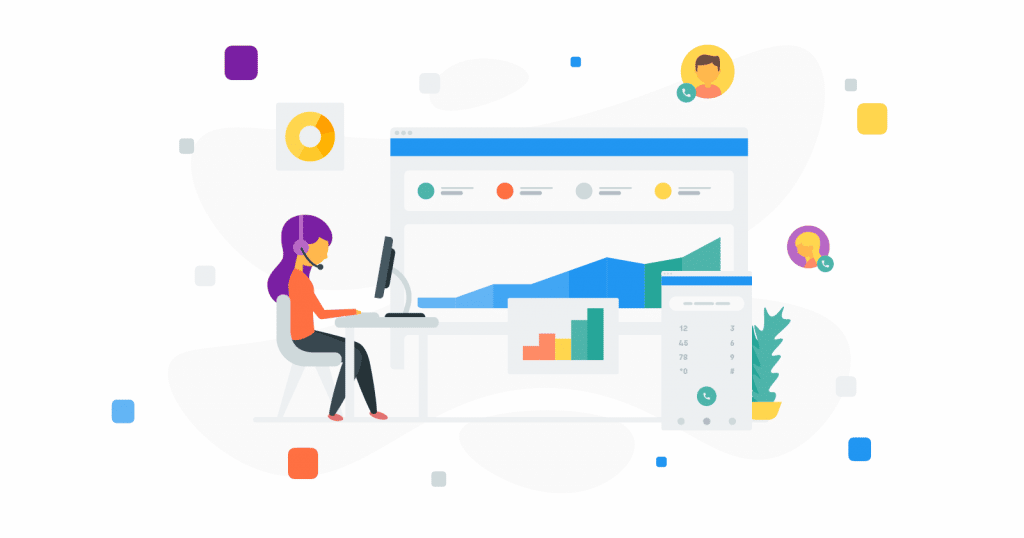
If you think having a fantastic product or service can take the place of excellent customer service, think again. About 50% of customers switch brands after one bad customer service experience, and a whopping 80% will do business with a competitor after several bad experiences.
On the flip side, excellent customer service leads to increased loyalty and even forgiveness if you make a mistake.
In this article, we cover everything you need to know about managing your customer life cycle based on your industry so you can create the type of experience that keeps customers coming back.
Differentiate your business with great customer service
Customer Service and The Buyer’s Journey
Excellent service and customer support mean finding and providing the best solution for your customers before, during, and most importantly, after the purchase. Customer service matters at all stages of the customer life cycle.
Let’s look at how your customer’s needs evolve throughout their buyer’s journey.
Before the Purchase
In this stage, your customers know they have a problem and are gathering information to decide if your solution is right for them. You can create value here by educating consumers.
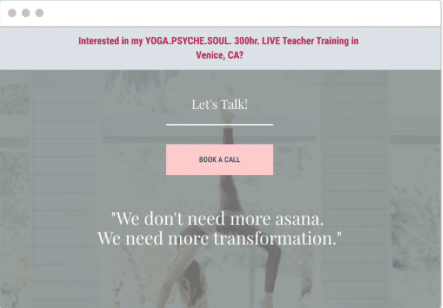
For example, you can offer free consultations or leverage chatbots to help educate consumers about their problems and answer questions about your products.
Focus on answering exploratory questions and learning more about your customers’ specific needs so you can guide them to the best solution.
During the Purchase
After your customer has decided on your brand, you want to reduce stress points to create a seamless purchase process. Extra costs, requiring account creation, and long checkout processes are the top reasons people abandon online purchases.
Create transparency about shipping costs and a simple and secure checkout process by limiting the number of form fields. For example, ask for the buyer’s full name instead of first and last and use a single line entry for street addresses.
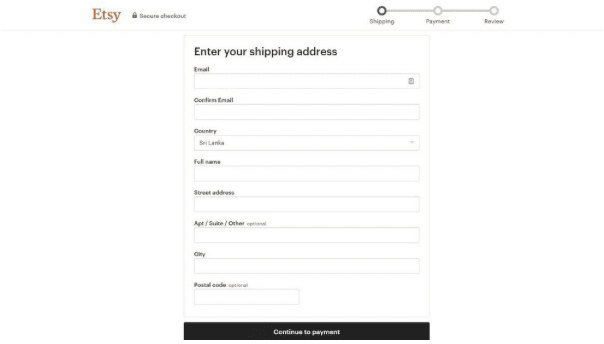
Lastly, you should reassure customers that their information stays secure and provide immediate proof of purchase, such as physical or digital receipts. Making a safe environment for your customer is one of the key aspects when it comes to creating an online store.
After Purchasing
The post-purchase stage is vital for retaining customers and securing repeat purchases. Ecommerce and retail businesses can use personalized post-purchase confirmation emails to provide shipping information and suggest related products. Even the world’s biggest B2B platforms leverage post-purchase emails to enhance the customer experience by offering shipping updates and recommending complementary products or services.
In the SaaS industry, onboarding and post-purchase touchpoints can be the most critical parts of the sales funnel. Sending a welcome email or onboarding sequence prompts users to log in to use your product right away and lets you highlight tips, tricks, and top benefits.
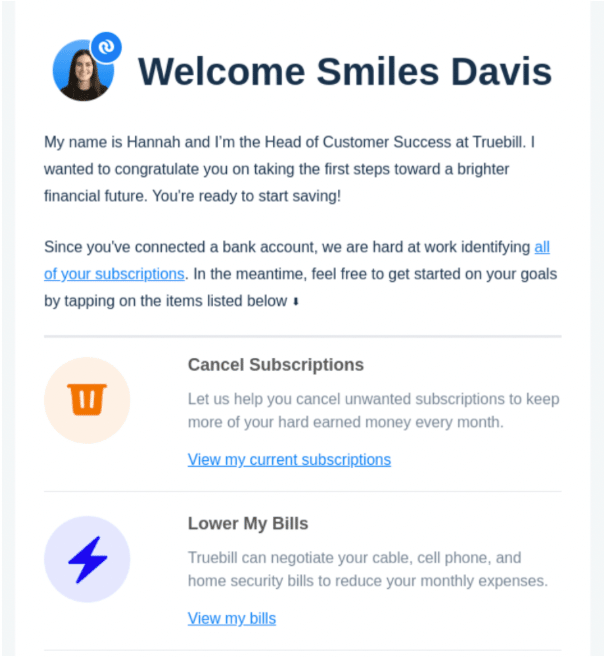
Drive retention by troubleshooting problems if they occur and educating customers on how to get the most from your solution.
Don’t overcomplicate the refund process if a customer decides to return your product. After all, customers who have a good experience may return to your brand in the future.
Defining Superior Customer Service
A survey showed that 93% of customers are more likely to make repeat purchases with a company that offers excellent customer service.
What makes the difference between good and excellent?
Here are the top qualities of great customer service.
Qualities of Customer Service
#1 Welcoming — Customer service reps should be approachable, accessible, and most importantly, good listeners.
#2 Empathetic — The ability to understand and relate to what your customer is going through is crucial.
#3 Knowledgeable — Reps must have a thorough understanding of your solution as well as common customer pain points.
#4 Problem-solving — Ultimately, a customer service representative needs to solve the customer’s pain point or problem by troubleshooting, sharing knowledge, or directing them to another product of yours.
#5 Communicative — Reps who communicate effectively and efficiently build trust with customers and help eliminate stressors during the buyer’s journey.
With customer service initiatives, “how” you do is just as important as “what” you do. Your customers want to feel like you know who they are, care about their needs, and provide prompt solutions.
Customer-Centric Business Models
Excellent customer service doesn’t happen by accident. Companies need to make customer service a core value and use customer-centric business models to reap the benefits.
The most successful companies prioritize customer experience over short-term profits, and it pays off. According to research by Bain and Company, a 5% increase in customer retention can increase profits by up to 95%.
Creating a customer-centric business means that all of your departments are customer-obsessed.
Product teams create solutions by anticipating customer needs, marketers develop campaigns based on deep customer knowledge, and sales and service reps provide superior experiences that keep customers coming back. Also, product teams build a detailed product strategy to ensure alignment with customer needs and market demands.
Customer Service by Industry
Customer service usually means different things based on your industry. Understanding how your industry affects customer expectations helps you define what excellent customer service looks like for your business.
Retail and Hospitality
The retail and hospitality industries rely heavily on in-person interactions and are known for providing good customer service.
Breweries, full-service restaurants, and apparel stores earn some of the highest ratings on the American Customer Satisfaction Index. Employees often have expert product knowledge and are trained to make the customer feel welcome.
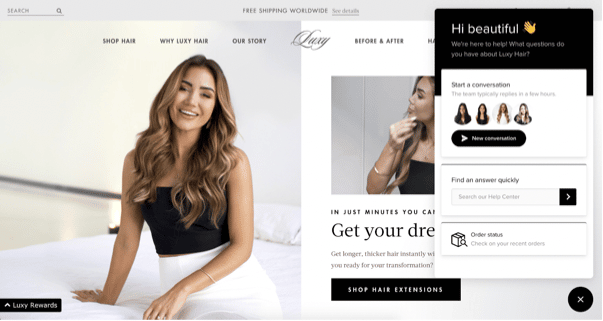
While retail and hospitality are taking advantage of more digital self-service options like chatbots, they still keep a human touch by incorporating welcoming messaging and personalization.
Healthcare and Government
Healthcare and government businesses also involve a lot of in-person interaction, but these industries earned some of the lowest overall customer experience scores on the Customer Satisfaction Index.
Customers often complain about long wait times, limited office hours, and poor communication about solutions. That shows solving the customer’s problem is only one part of the customer service equation.
Empathy, knowledge, and communication are also necessary for excellent customer service.
Software and Tech
Tech companies, including those that offer SaaS products, primarily offer online customer service. As far as industry satisfaction goes, tech falls somewhere between hospitality and healthcare/government.
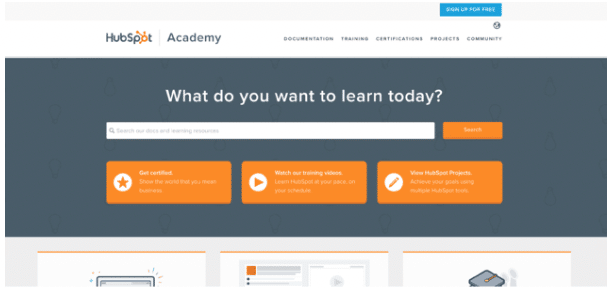
With tech products, customers don’t always expect in-person solutions. However, they still want to feel like the rep on the other end of the call or help desk chat understands them and can solve their problem efficiently.
Bad employee attitudes, unfriendly service, and inefficiency are some of the top factors that hurt customer loyalty and drive consumers elsewhere.
Customer Service Tools
Providing excellent customer service gives your business a competitive advantage. But, it can be challenging to exceed customer expectations, especially if you have a smaller team or a high volume of customers.
With the right tools, you can automate parts of the customer service process like issue tracking software and support your team at every stage of your customer’s life cycle. Thus reducing customer churn.
Most companies find that omnichannel communication methods provide the best customer service experience.
Omnichannel communication simply means you use a variety of channels that integrate with one another. In customer care, this typically involves a combination of call centers, live chat, and email support.
Let’s take a closer look at each of these channels.
Call Centers
Call centers are departments where employees handle phone calls from existing and potential customers. They’re often used for troubleshooting problems for existing customers. You can use call center software to help improve your team’s efficiency and call quality.
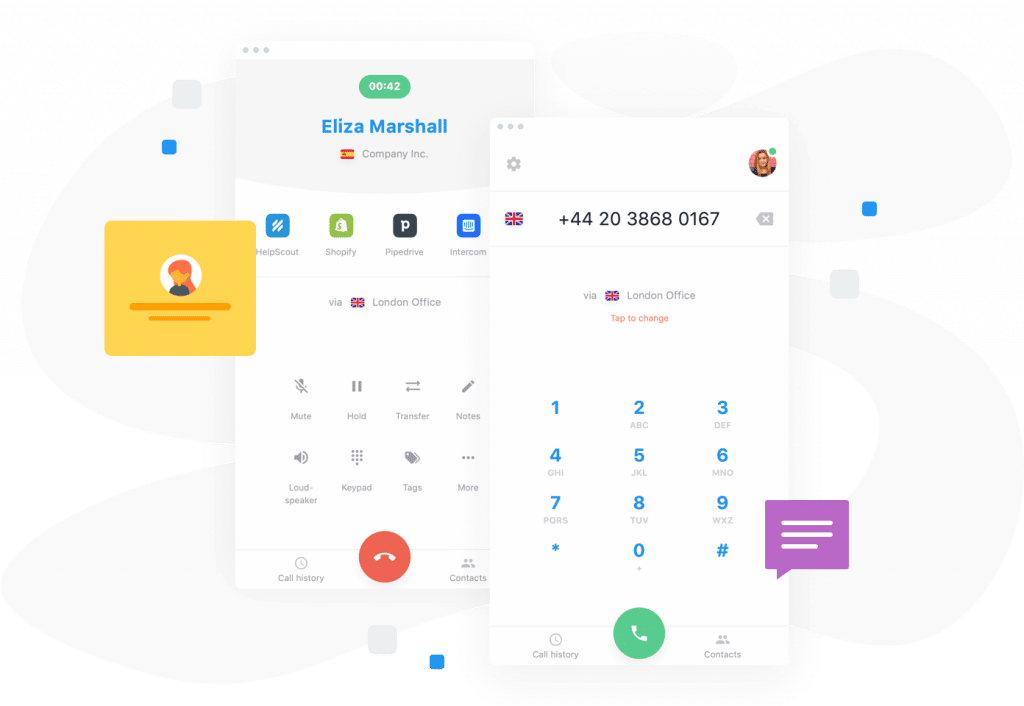
Phone calls give your customers the most personal interaction of all three channels, but it can be tiring. Using efficient call center software helps prevent call center burnout and supports your service team.
To empower your team, look for customer service software that:
- Records phone calls for later reference
- Reroutes calls to the appropriate department or representative
- Includes call scripts to help representatives troubleshoot issues
Live Chat
Live chat customer service refers to real-time instant messaging, and it can be used at all points of the customer journey.
Using live chat software on your website is especially helpful for ecommerce and SaaS businesses because it helps your service team interact with customers who have questions during the pre-purchase phase.
To get the most out of your live chat, look for features such as:
- Automated greetings and canned responses
- Proactive invitations and pop-ups
- Chatbots and chat routing
- Visitor analytics and post-chat surveys for customer feedback
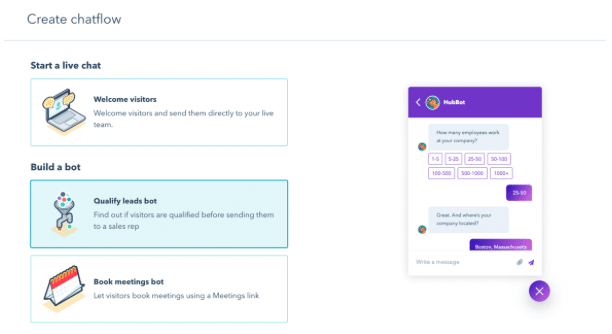
Chat automation features can help reduce the workload for smaller customer service teams, and they help your customers get to the right person faster.
Email service tools are an excellent alternative or addition to call centers. Some customers prefer email for customer service because it’s professional and documents all their follow up interactions.
Choosing an email support ticket system is not only cost-effective, but it lets each team member manage multiple tickets at once and avoid burnout.
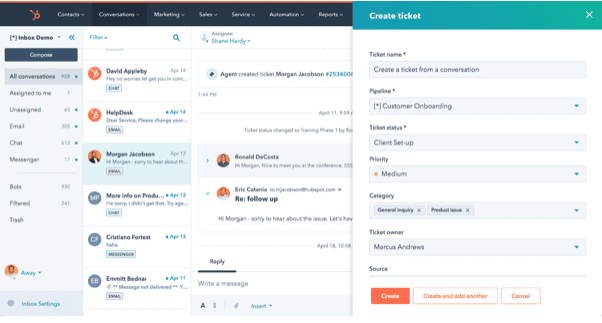
When choosing an email provider for your customer service team, look for features like:
- Shared inbox and support ticket system
- Automated data entry and ticket assigning
- Ticket prioritization and tagging
- Key metrics tracking and analytics dashboards
Final Thoughts: What Does Customer Service Mean to You and Your Business?
Providing excellent service gives you a significant advantage as you build customer relationships. In a customer-centric business, customer service starts with your first interaction, not only after making the sale.
Give your sales and support teams the right tools to manage service interactions along the entire customer journey. When you prioritize a positive customer experience, you’ll see just how much loyal customers can boost your bottom line.














